Duesenberg, The Mightiest American Motor Car
Imagine having only witnessed baseball games but never having played. You finally have the opportunity to suit up and go out on the field, and your first time at bat you hit a game-winning Grand Slam homer! That may be a bit of a stretch as an analogy, but not a big one. When the late J.L. Elbert sat down to chronicle the story of the Duesenberg automobile as a stand-alone marque history, it can be argued that the genre hadn’t even been invented yet. The author’s Foreword is dated November 28, 1949. The initial copyright date is 1951. We’re informed that the publication was postponed to allow the inclusion of new material that was received just after the Foreword was written, thus explaining the time gap. While his book may not have been the very first devoted to the history of a single marque, it was certainly one of the first. That it was a commercial success is shown in its printing history. It was reprinted in 1952, 1954, 1959, 1964, and at least one more time (1975 revised edition) subsequent to the 1964 Collector’s Edition, which is the one I acquired new in 1967. And remember, all this was done prior to the advent of wordprocessing apps and readily accessible exhaustive research resources such as the internet that we take for granted today. In other words, it was produced under what would be considered incredibly primitive conditions on a typewriter (very likely manual; the IBM Selectric was still over a decade away) with carbon paper as the only readily available copying medium.
Historical automotive publications of the time typically consisted of compilations of reprints of owner’s manuals and factory sales and service literature with minimal accompanying explanatory or historically oriented text. This was a niche market and for cost reasons these reprints were done as inexpensively as possible to minimize the financial risk. This meant they were virtually universally done in black and white, which did little for documents originally printed in color and the quality of reproduction often left much to be desired. Their saving grace was at least they gave the viewer/collector of these original documents an idea of what the originals looked like and was no doubt helpful in their quest to obtain an authentic example.
Before we get into the book itself, a bit of background on the author. In his Foreword, he tells us that approximately three-quarters of the book deals with the Model J and SJ stories. This isn’t at all surprising, as these are typically the models that immediately come to mind when the name “Duesenberg” is mentioned, but the author tells us that a primary reason for this is his initial interest—no, let’s be honest and describe it as obsession—coincides with the J/SJ era. In other words, he was a direct observer. Not merely an observer but also a participant, as he recalls for us with more than just a bit of humility and a touch of humor. Being a high school student and an already avid collector of automotive literature during the golden years of the classic era, he readily accepted manufacturer’s invitations to “write for further details” with occasional unintended consequences. So we learn right off the bat that this work was truly a labor of love conducted over a much greater period of time than the mere eighteen months immediately prior to publication that he acknowledges in the Foreword.
But what is it about this book that sets it so far apart from its contemporaries that I consider it to be the automotive history equivalent of the Grand Slam homer? To put it succinctly, Elbert’s embryonic efforts quite literally established the general format for what we now consider to be the comprehensive marque history. All the items we’ve come to consider essential to a properly done marque history are there: background history and events, principal players, detailed specifications, factory literature and test results, historical context, developmental history and anecdotes, first-person recollections of major personalities, celebrity stories, owners’ experiences, and photographs—plenty of photographs—throughout the book, plus appendixes and comprehensive indices. The layout isn’t strictly chronological, as is now typically the case, but we’re told early on that is deliberate, and in this case, it’s okay because it makes sense when explained. And the entire Duesenberg chronology is eventually covered, to a greater or lesser degree. The thoroughness of material presented obviously required exhaustive research conducted over many years. It is then presented in a highly readable, interesting nay, fascinating manner with a multitude of historic photos and illustrations, the layout of which was trendsetting as well, as they are here integrated with the text instead being placed in a stand-alone section in the middle of the book. Of course, reprints of factory original advertisements and sales brochures are included because in this case in particular, they are intrinsic parts of the story. Although they are reproduced at full scale or nearly so, they are not the primary focus, and this was a major shift. That focus is the text, its thoroughness and presentation. Remember, nothing like this had ever been done before, so this was real trailblazing. How influential was it in the long run? Pick up any marque history worthy of note published in the last forty-five years and you will find the same elements, albeit in a somewhat different format. There may be an earlier example that includes all these elements, but if one exists, I am unaware of it. And if such a work exists, has it enjoyed the same enduring demand as evidenced by its print history? In that regard, Duesenberg’s longevity speaks volumes in itself. I rest my case.
Now, on to the book itself. All editions encompass ten and a half signatures (168 pages) and were printed in quarto size (8½ x 11), which while not unheard of, was very unusual for the time. Most “serious” automobile-related books were published in the very common and rather small 6 x 9 format with illustrations and photos confined to one or two separate sections spaced more or less evenly throughout the text. My research shows that the first edition, which may have been printed as early as 1950 (I haven’t been able to pin this down exactly, although the first copyright date I’ve found is 1951) was available in softcover only. The next three printings were also done only in softcover. The 1964, or Collector’s Edition printing, was in hardcover, as was the 1975 reprint. (Reviewer’s aside: It is the Collector’s Edition that, with the assistance of my high school’s librarian, I acquired in early 1967 and refer to frequently to this day. If I recall correctly, its price was a princely $7.50, postpaid. It was the second marque history in my permanent automotive library, the first being H.G. Conway’s “bible” –Bugatti, Le Pur-Sang des Automobiles acquired only a few months previously.) It is this edition I will be discussing in detail.
Upon opening the cover we are immediately greeted with a rare, if not unique, and most appropriate feature: decorative endpapers specifically designed for this volume consisting of a repetitive waterfall pattern, both horizontally and diagonally, of lef-side profile drawings, all to scale, of five J/SJ body types—a panel brougham, convertible coupe, torpedo phaeton, and two convertible sedans; body types and designs that virtually span the J/SJ era. These drawings were done by the then up and coming illustrator, author, and educator who would soon deservedly become one of the best known of the era-Strother MacMinn. These five illustrations, along with over a dozen other MacMinns, would be later found placed throughout the text as separators between topics or to fill what would otherwise be empty space. In the interest of maximizing page area utilization, topics often change on a single page with only an illustration separating them. This minimization of wasted “white space” that would then later be put to good use by the inclusion of photographs.
Let’s consider the Table of Contents to give us a “roadmap” of what else we’ll find between the covers. There are twenty-two separate entries listed, though they are unnumbered. It runs the gamut from introduction of the Model J with a reproduction of the initial publicity in the form of a technical article from the December 1928 issue of MoToR magazine to the story of the very last chassis delivered as a new car (in 1940). Of course, the entire chassis and its special features are described and illustrated in detail. Next, the Duesenberg is placed in the context of its times, and the manner in which custom-built to individual order motorcars were marketed is described in detail. And those topics are just the beginning. The section on the individual coachbuilders and their histories is notable for its accuracy and detail, again a reflection of the author’s devotion to exhaustive research.
Returning to the subject of photographs, there are a great many, and their reproduction ranges from acceptable to truly impressive, particularly because the paper used, while excellent for reading text without glare or strain, is not the best for photographic reproduction. I would call it about two steps above newsprint—normally just adequate for photos, but capable, if used correctly, with surprisingly good results, as is often the case in this tome. Many of them are full page, which says as much about the quality of the original negative as it does about the print. Their arrangement appears to be haphazard, as their associated numbers are not at all in order within the text that refers to them. This would be a cause of confusion and frustration if it weren’t for the inclusion of a special index (one of three!) of the numbered illustrations that sets things straight.
Most of the original literature reproductions are also done full page. The book’s quarto size allows the vast majority of them to be reproduced full size, or very nearly so, with overall excellent results, especially in the finer details of technical (line) illustrations. Considering the limitations of copying and printing technologies seventy years ago, this is nothing less than remarkable. Similar results today would be noteworthy even with the improved technologies we currently enjoy.
A feature only very rarely seen in contemporary works or since are quotations from owner surveys conducted by the author as part of his research. Because he did this relatively shortly after the Model J era, he was able to contact many original owners (some of whom still owned their cars!) and other principals who readily cooperated with him and allowed their observations and recollections to be quoted. Many of these are fascinating anecdotes and are reflections of a very different era. It is the inclusion of these survey results that give this book additional lasting historical value. Can you imagine anything like that degree of candor being shared today?
It is indeed a pity that this trend-setting volume is the only one done by Elbert. One can only imagine any number of marques worthy of similar treatment, even if he was twenty to twenty-five years ahead of the curve. But perhaps it’s just as well. Work of that quality requires passion as well as dedication, and it seems that his passion may have been limited to things Duesenberg. If that was the case, he would certainly know that any attempts to follow up similarly on other makes would inevitably suffer from a lack of said passion.
A great quantity of new information about Duesenberg has come to light since Elbert’s book was set in print seventy years ago. Several other books on Duesenberg (and lengthy chapters in other noteworthy books) have been published over the intervening years, but none has been quite as comprehensive. Despite its age, it has been by no means rendered obsolete or eclipsed by subsequent events or publications. In conclusion, it remains a viable, invaluable resource. The Duesenberg section of any enthusiast’s library is woefully incomplete without it on its shelf.
A recent search of internet sites found numerous examples of all editions available at more or less reasonable prices.
Copyright 2020, Mark Dwyer (speedreaders.info).


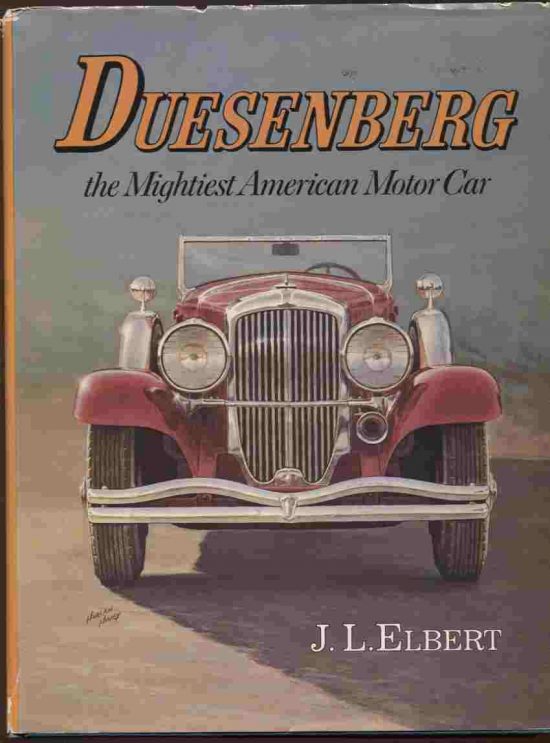
 RSS Feed - Comments
RSS Feed - Comments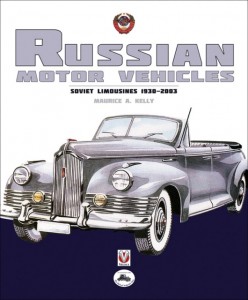
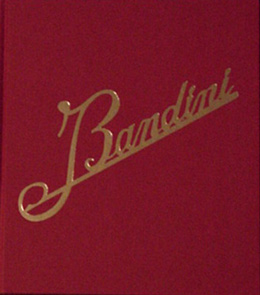
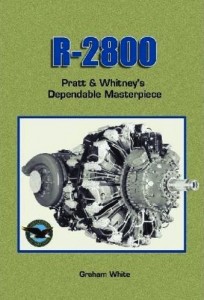
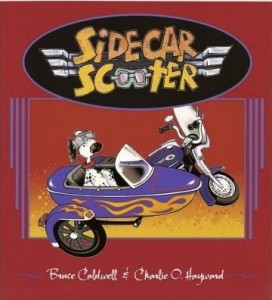

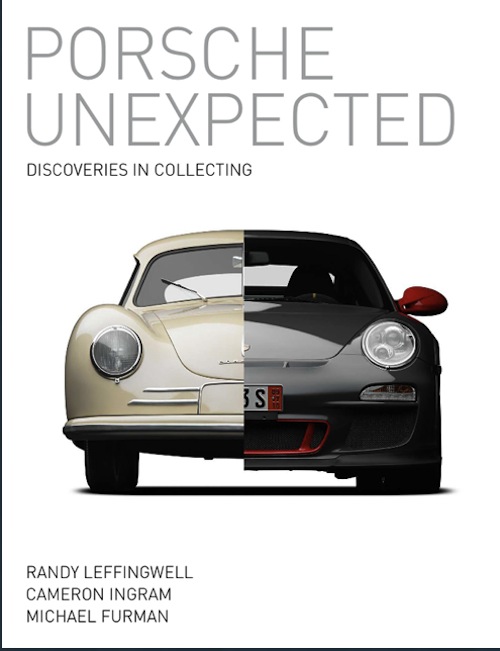


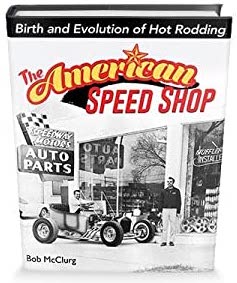
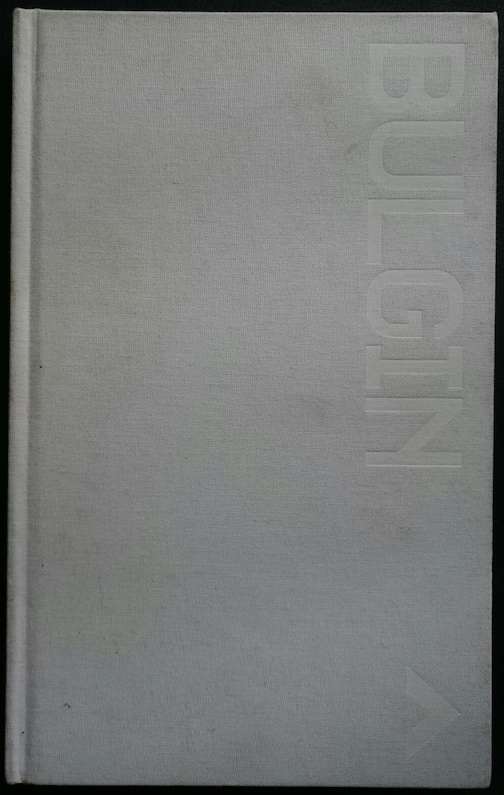

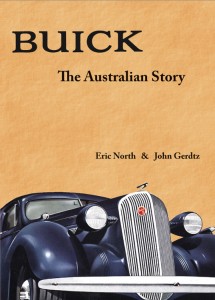

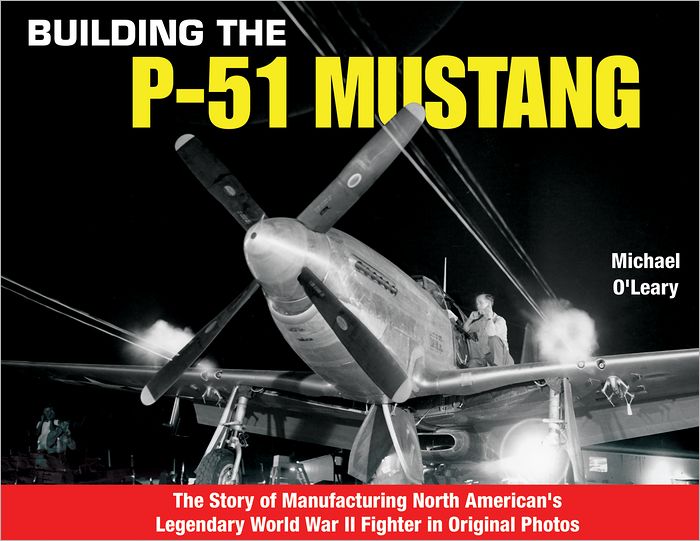


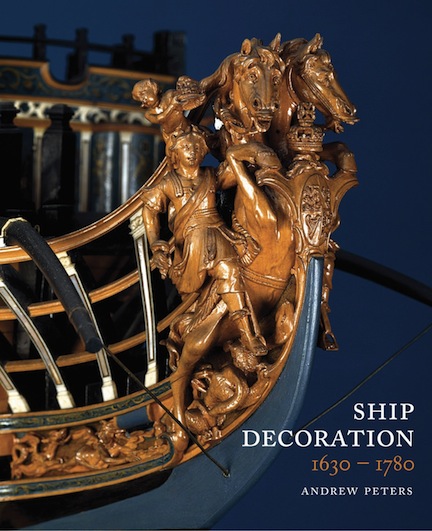

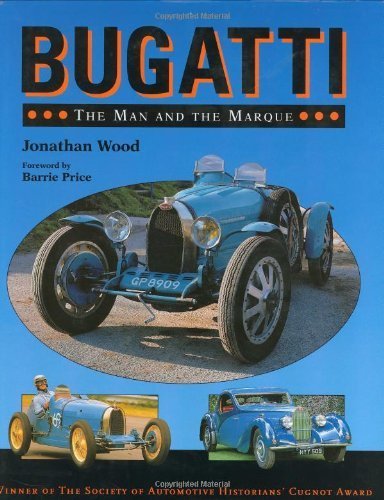
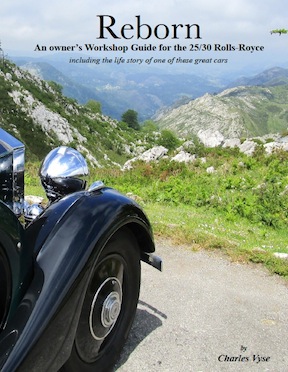
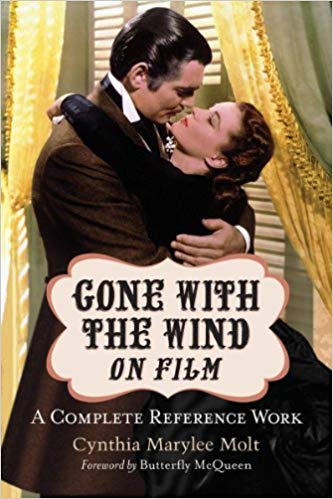

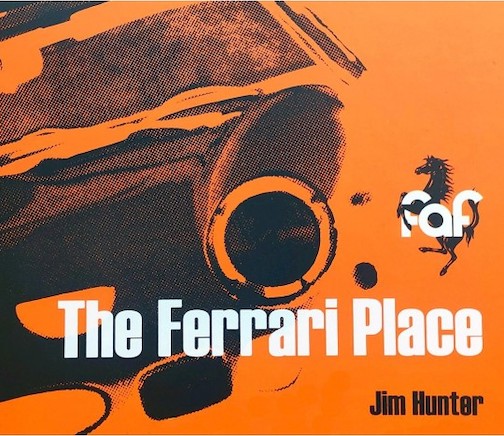

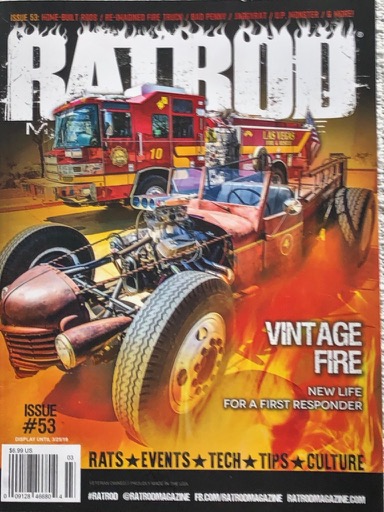
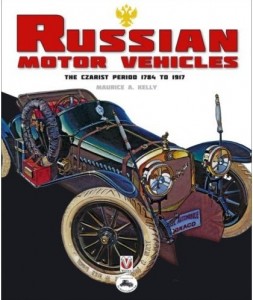


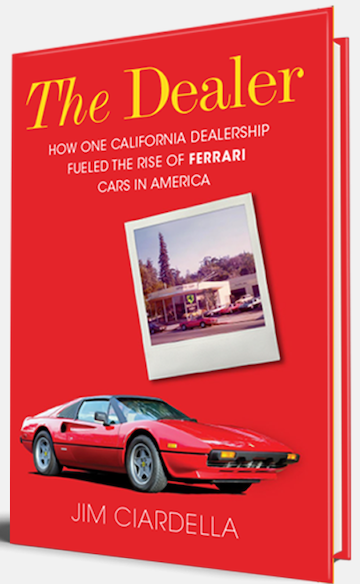
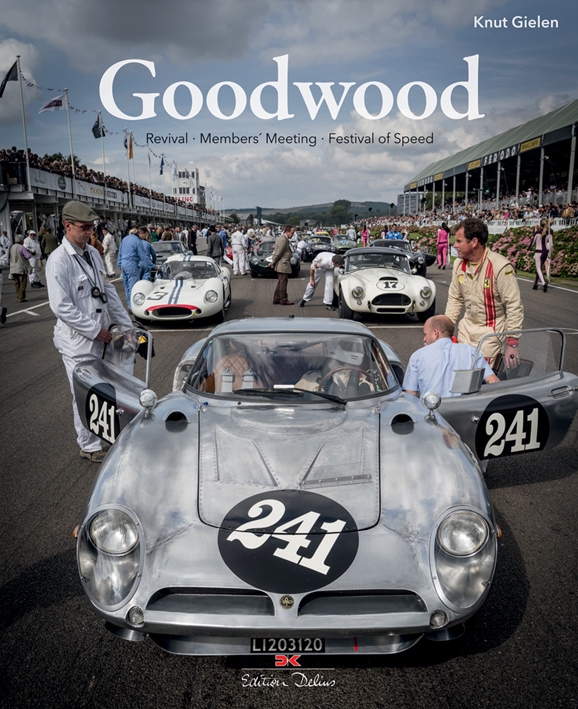
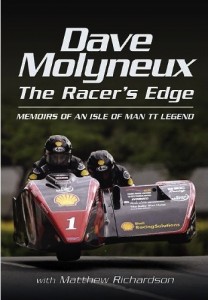
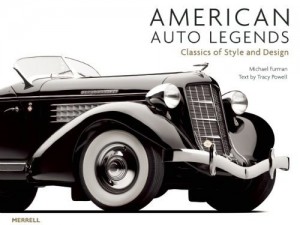


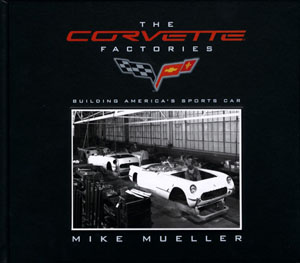
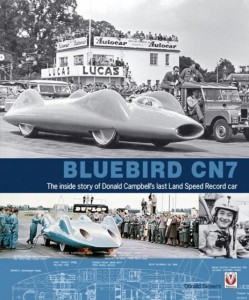
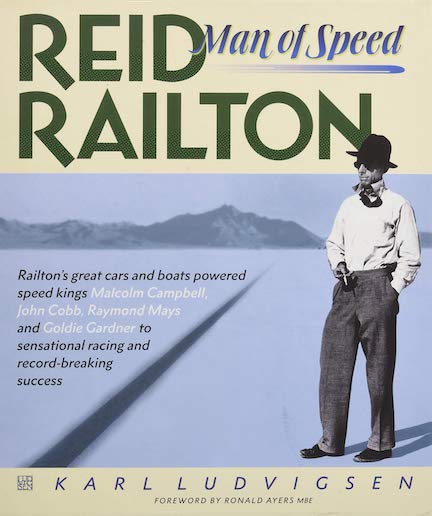

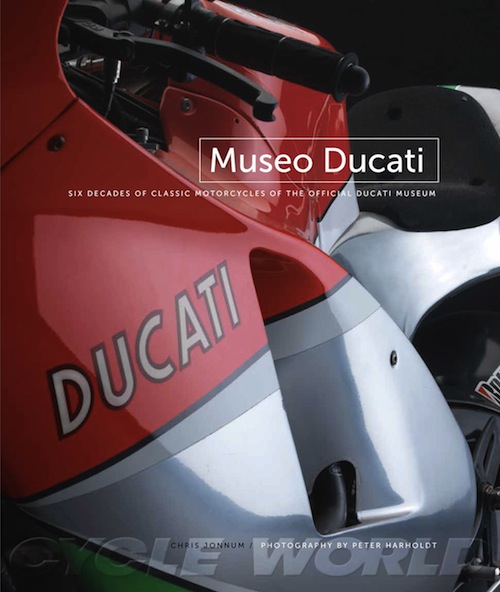
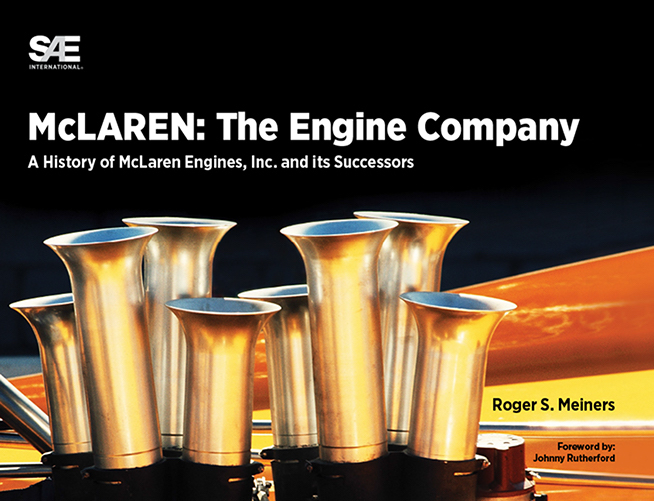
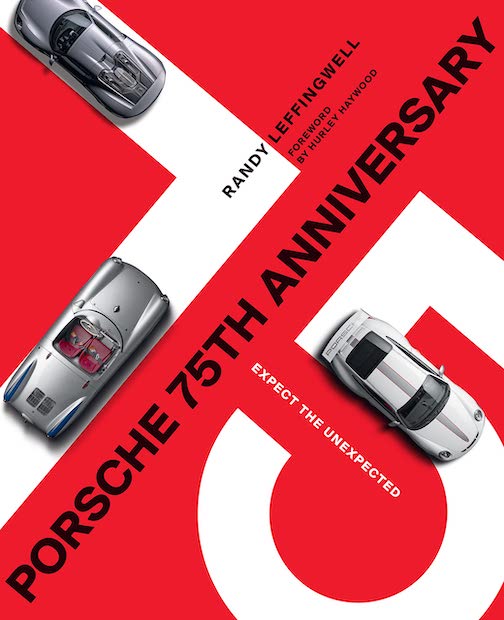

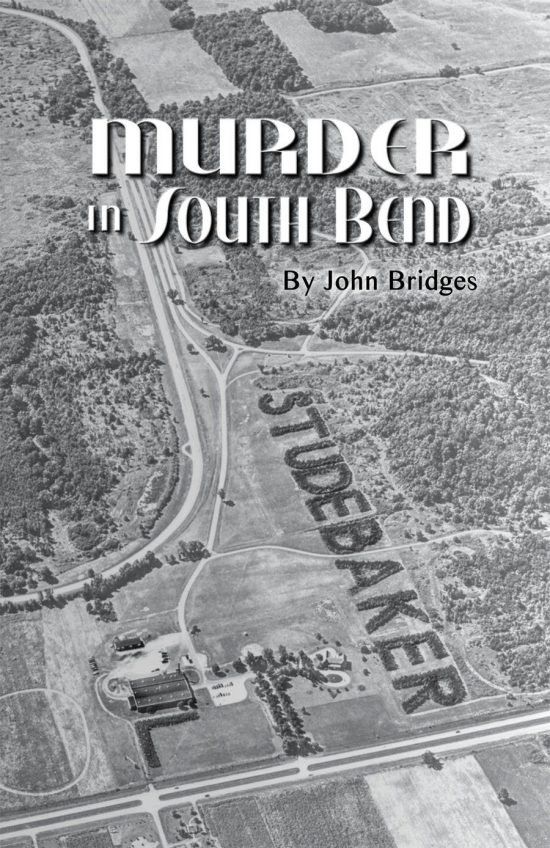
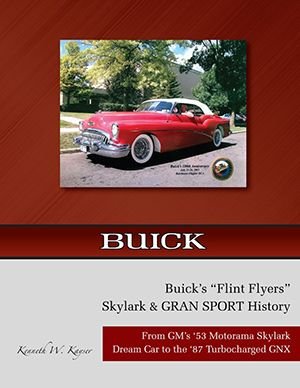

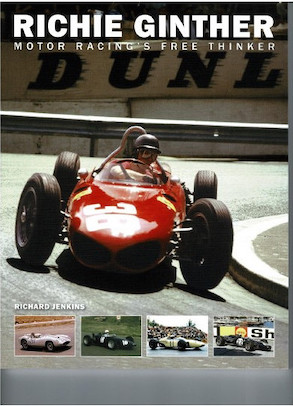

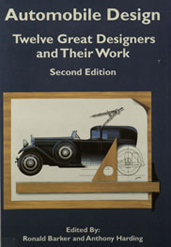


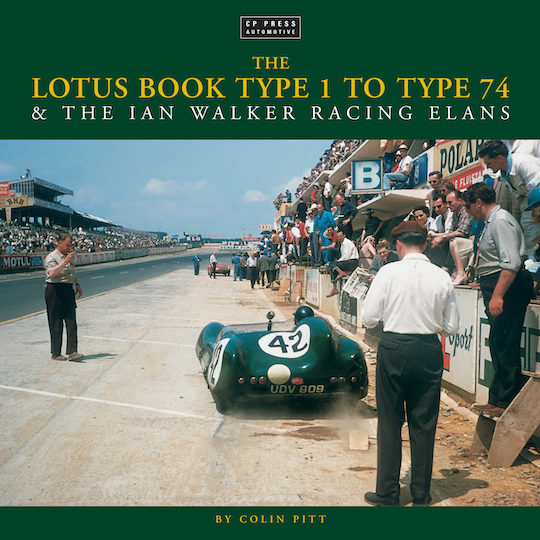



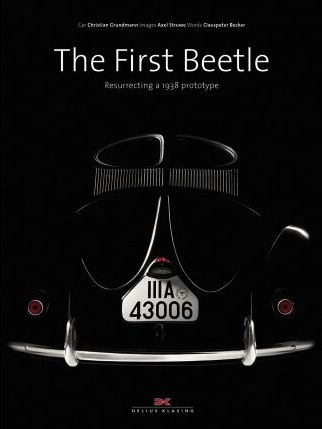
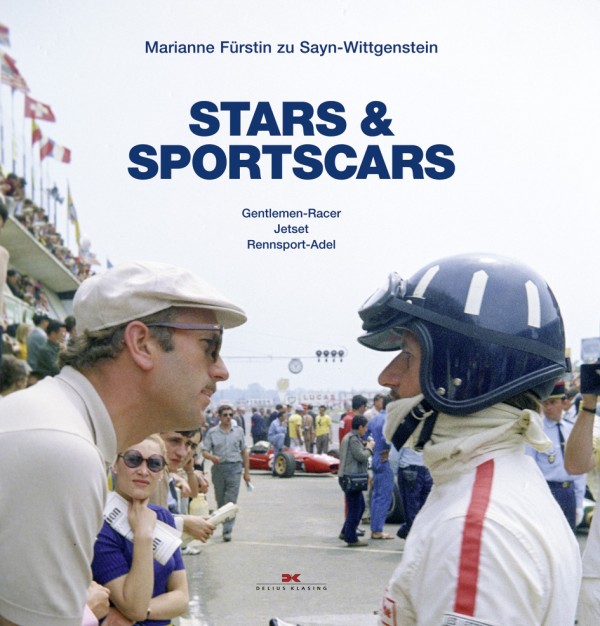


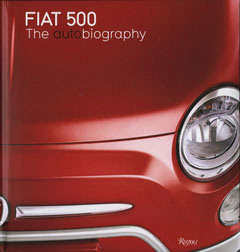
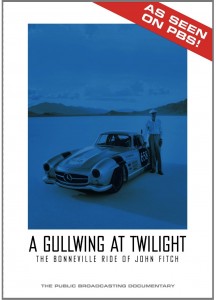


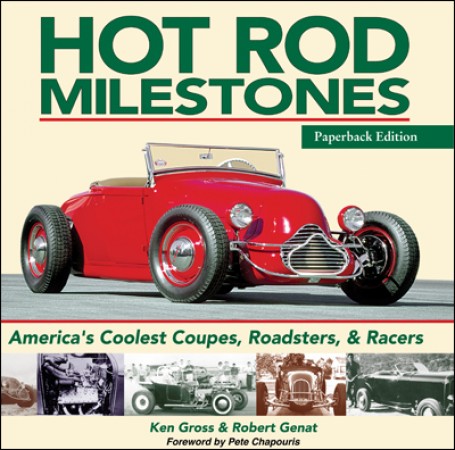
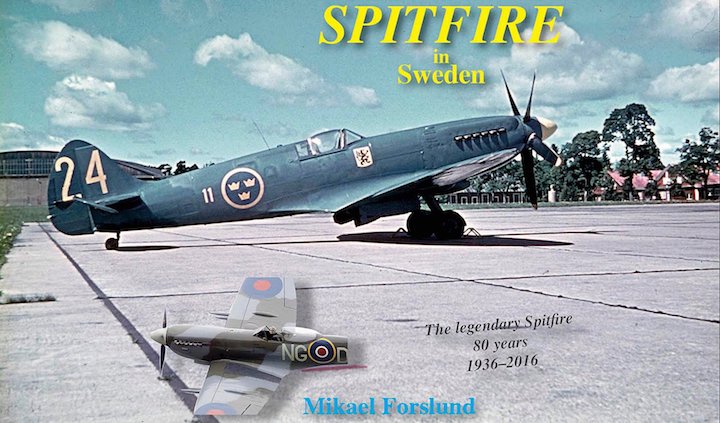


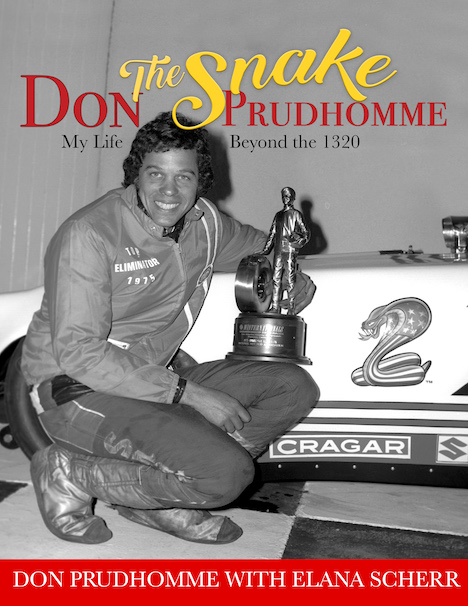

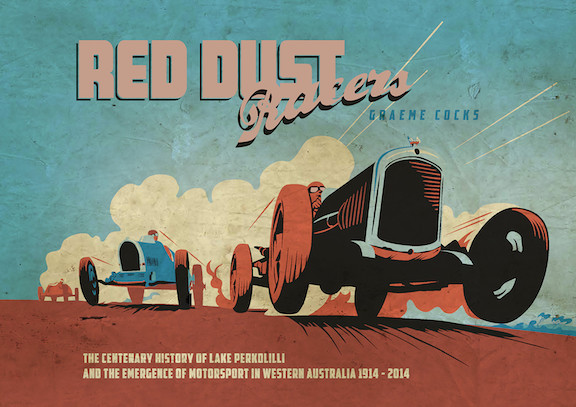
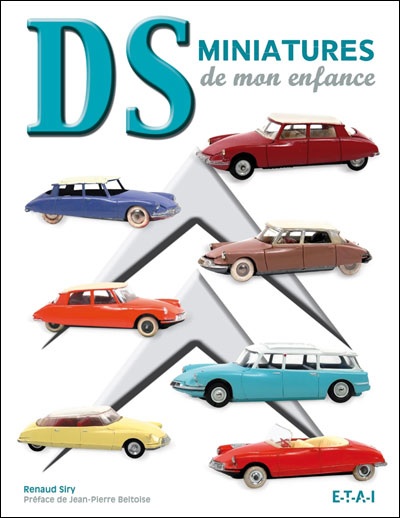

 Phone / Mail / Email
Phone / Mail / Email RSS Feed
RSS Feed Facebook
Facebook Twitter
Twitter